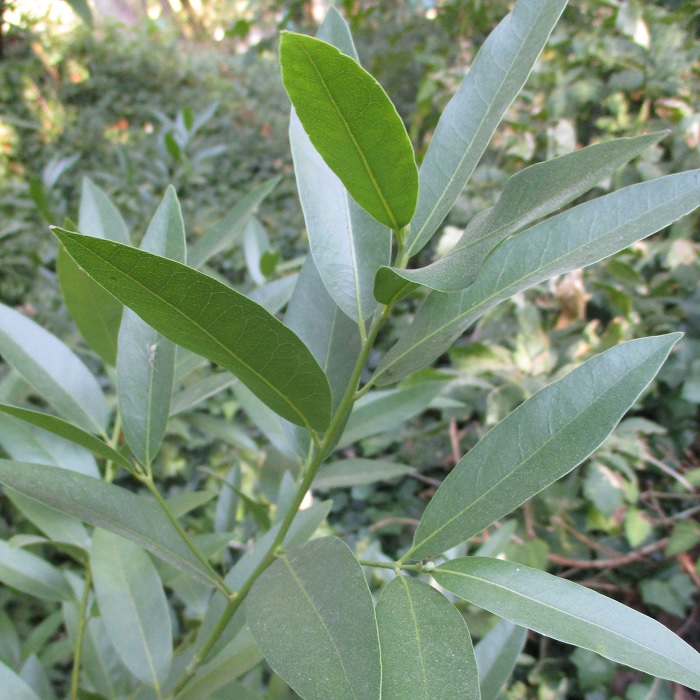UNITED STATES—There are only four seasons in which to grow herbs, but herbs are used for all sorts of seasonings. Most herbs are aromatic evergreen foliage. Some might be flowers, flower buds, stems, bark, seeds, roots or really any plant part. Those with the strongest flavors might be classified as spices. Herbs are used for culinary purposes. Many might be used medicinally. Some just smell pretty.
Most herbs are best fresh, like mint, chive, cilantro and parsley. Bay leaf and lavender are herbs that are more commonly used dried rather than fresh. Sage, rosemary and oregano can be used either dried or fresh, depending on the desired effect. Yet, for many of us, dried herbs are used merely because of convenience. They are available when their fresh versions are out of season.
Many gardening texts suggest that herbs that need to be dried should be collected and dried about now. That is true in the sense that most happen to be ready about now. Some might have been better earlier in the year. A few might need to mature a bit more. There are probably many that get collected and dried when it is convenient for us, or when overgrown plants need to be pruned.
Vegetative rosemary stems should be collected before they bloom again. Obviously, that might not be right now. It blooms in random phases. The trick is to catch it between phases. Lavender flowers get collected as they finish bloom. Oregano is an odd one, since the vertical stems with flower buds on top get cut for drying while the sprawling growth on the ground is good for fresh use.
Because rosemary is available throughout the year, it is not often dried. Even while in full bloom, there is plenty of foliage to go around. When it gets dried, it is probably because the dried flavor is preferred for a specific recipe. Other herbs are likely to be dried because they are not available during part of the year. Many herbs are annuals or perennials that die back through the winter. Drying the last bits of cilantro may not seem like a good idea now, but might be useful in winter.
Highlight: California bay
Just because California bay, Umbellularia californica, can be used like Grecian or sweet bay for culinary purposes does not necessarily mean that it should be. California bay has a stronger and much more pungent flavor and aroma. Some might suggest substituting less than half California bay for Grecian bay. However, even if the intensity is adjusted accordingly, the flavor might be off.
As the name suggests, California bay is native to California. However, because it is from rainier climates, it prefers a slight bit more water than it would get naturally in the drier parts of the local chaparral climate. It provides nice cooling shade in large landscapes, but is a bit too dark and messy for refined home gardens. The aromatic leaf litter can annoy delicate annuals and seedlings.
Well exposed trees can eventually get more than 30 feet tall and almost as broad. Forest trees that compete with other trees can get a hundred feet tall! Small trees can be shorn as hedges. If not watered too generously, the roots tend to be rather complacent. However, old trees can eventually develop massively distended burl growths known as lignotubers at the bases of their trunks.






